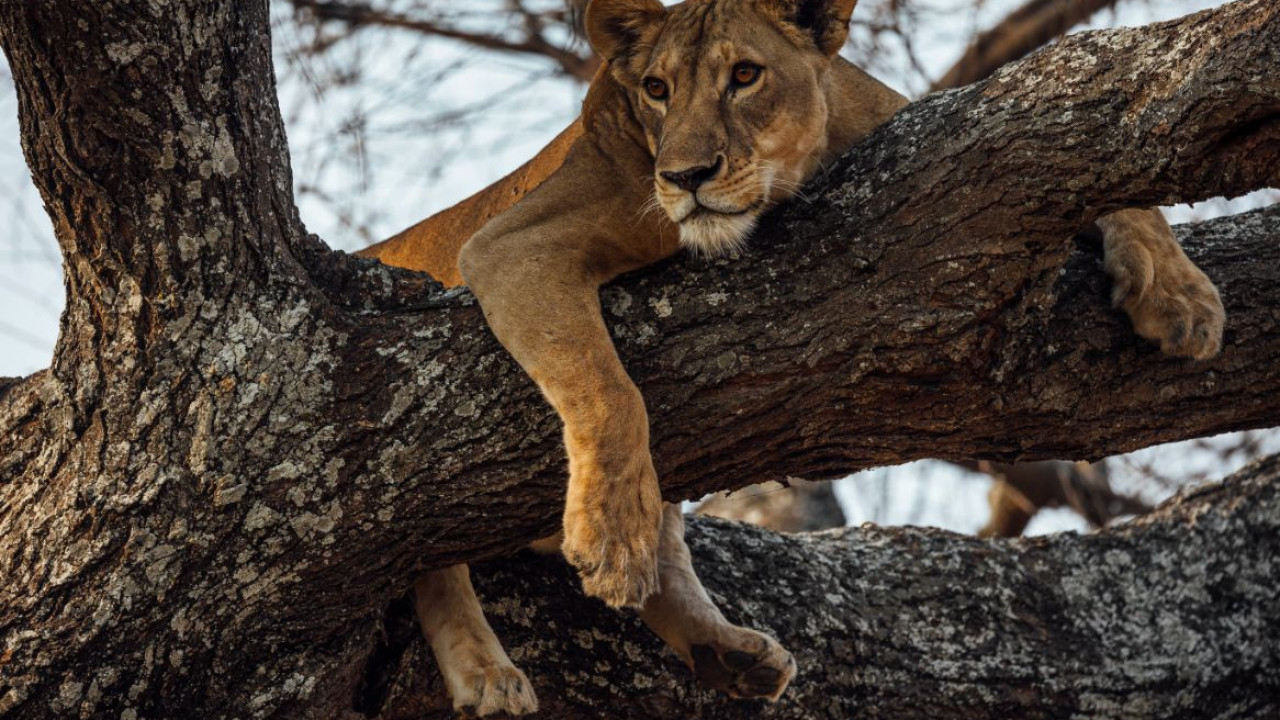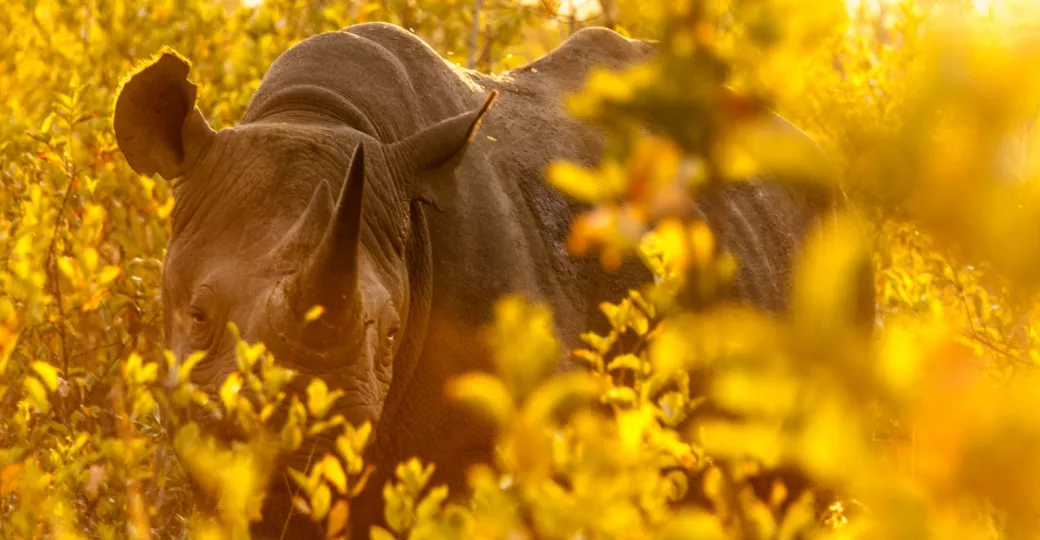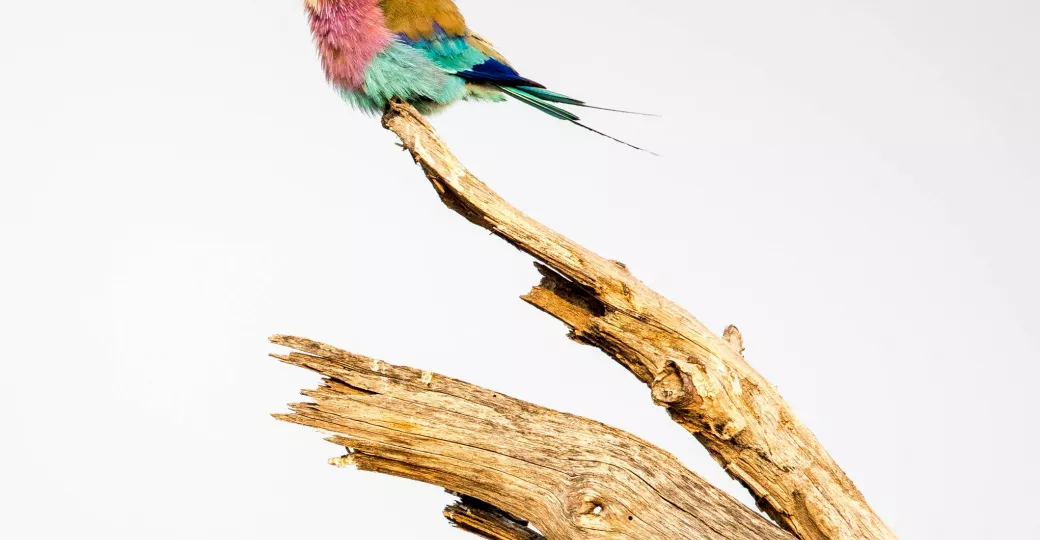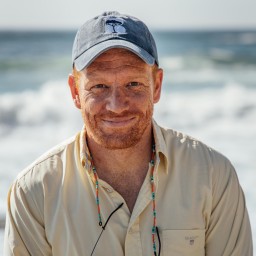
In this notebook entry I will revert to being a trainee guide who is faced with the enormous task of deciphering the bewildering diversity of mammals, birds, reptiles, grasses, trees and everything in between.
--
Mammal of the month - Black Rhinoceros

Black Rhino photographed in South Africa - Toby Pheasant
The black rhino, the smaller of the two rhino species that roams the African continent also happens to be the feistier. Compared to its cousin the white rhino, who on the whole is quite sedate, the black rhino is known for being much more aggressive and often either charges at safari vehicles or high tails it away.
Exactly why, it is hard to say. It is most likely due to the habitat that this rhino spends the majority of its time in. Black rhino are browsers, feeding off branches and leaves therefore spending more time in denser bushy areas, compared to the white rhino that grazes for grass on the wide open plains.
For a detailed look into how white and black rhino differ read the notebook post linked below.

Lilac Breasted Roller taken at Mwiba, Tanzania - Toby Pheasant
The Lilac Breasted Roller is quite probably the most photographed bird in Africa, if not the world, and you can easily see why with its glorious array of colours, 8 in total as a matter of fact.
We quite often spot these birds perfectly positioned on low branches next to the side of the road, seemingly waiting for you to take their photo. What they are actually doing is taking advantage of the open sandy roads to spot their prey; insects, lizards etc. Vehicles passing by often help them even more by disturbing the little critters, aiding the bird.
But why are they called rollers? This is all to do with their mating dance. Like many birds, a male and female will confirm their courtship by performing a dance together. In rollers this is really quite spectacular as they soar high into the air before plummeting back down in a series of fast and sharp twisting rolls. Something fantastic to see.
Where to stay to see one: Tuludi
--
Tree of the month - Sycamore Fig - Ficus sycomorus

Sycamore Fig with leopards sitting taken at Londolozi, South Africa - James Tyrell
Following on from last month's Marula tree, this month we admire another iconic tree often stopped at for evening sundowners across Safari Africa, the Sycamore Fig. These trees, reaching around 20 meters in height, are stunning. They have a yellowy-green bark, large green leaves and delicious citrusy red fruits, loved by elephants, baboons and a host of other animals.
These trees live for hundreds of years. Over those years they play home to a plethora of species from bats to leopards, via all sorts of other creatures big and small, even on occasion warthogs.
Fascinatingly these fig trees, which often grow along the banks of rivers are known for their particularly strong and extensive root structures, often interlinking with other trees of the same species. The strength is such that it is in fact very hard, if not impossible (although don't hold us to that) for elephants to push them down.
Where to stay to see one: Phinda Rock Lodge
--

Toby Pheasant
Toby first visited Africa at the tender age of four when he accompanied his family on their first of several safari holidays. From that moment on Toby’s love affair with Africa’s nature and wildlif...
View profileNever miss a notebook entry with our newsletter


